Three female Cork artists showcase work
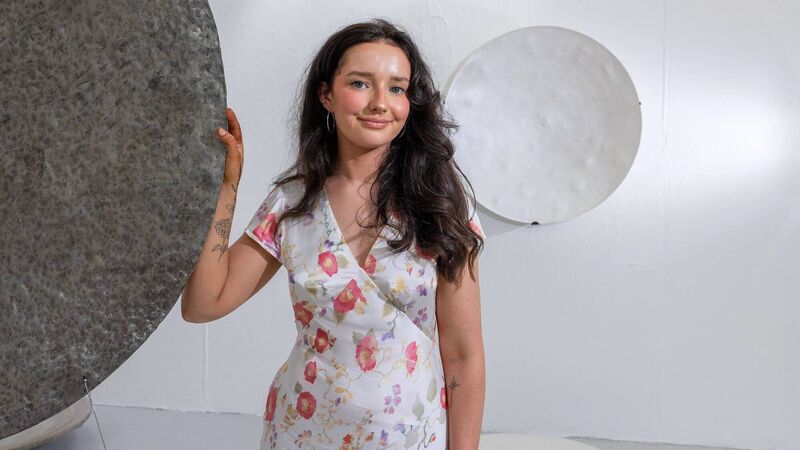
Artist Holly Halligan.
Can art save the environment? That’s the question that might be posed to the three artists currently exhibiting at the Lord Mayor’s Pavilion at Fitzgerald’s Park (until October 12).
This MTU Crawford College of Art and Design (CCAD) graduate showcase, presented by Sample Studios, reflects on nature, the environment and “our embodied experience through a dynamic display of sculpture, installation and video which directs our attention to the natural world – its flora and fauna, its mythology and its impact on our senses.”
Dee Hurley, who worked for 14 years as a bookbinder for Barbara Hubert’s Bookbindery in Cork, has always been interested in art and decided to formally study it. She started by studying part-time for a certificate in textile art at CCAD. She was then accepted on the contemporary applied art course at the college from which she graduated with a BA.
“I was always on the periphery of the arts in different ways. I did film-making, photography and print-making courses at night. I always liked making things and the visual arts,” said Dee.
I have worked in administration roles. The bookbinding job was a good balance of hands-on work, sometimes making presentation boxes. I think that stood to me. The work I do now has a level of precision about it.
At the exhibition, viewers will see Dee’s current work which centres around botanical elements, seeking to capture and portray their complex forms and structures. Underpinned by the sadness of biodiversity loss, Dee’s work explores the hope “for a newfound connection with our natural world as a means to bring about positive social change”.
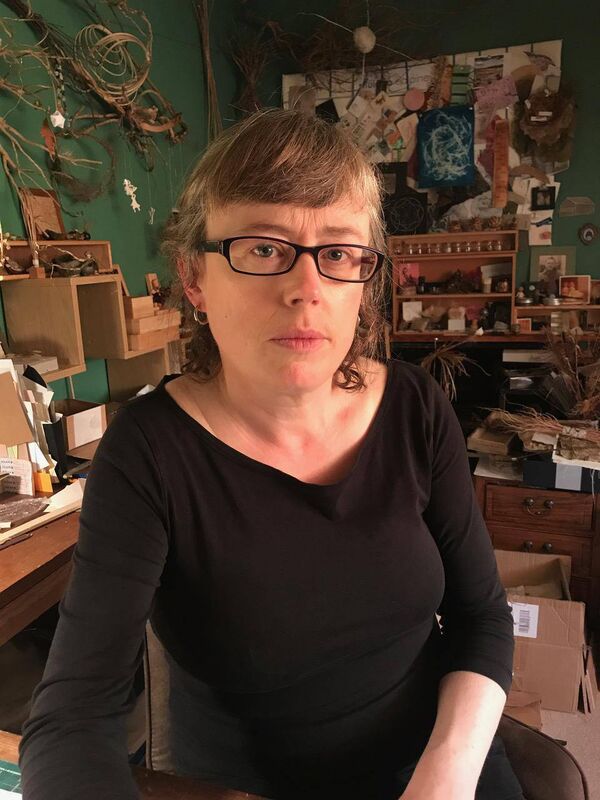
Dee says one of the pieces at the Lord Mayor’s Pavilion is “interesting because I actually used bookbinding materials as well as plant materials. I used black squares, using bookbinding card, cloth and also, I’ve used artichoke fibres and the plumes that come from an artichoke. I’m very interested in the natural world. I’m hoping to do a Masters degree bringing art and ecology together. They have been developing hand-in-hand with the climate crisis.”
Celebrating the biodiversity that’s out there is something that Dee does and plans to continue doing.
“Everything in nature is so amazing and different. If we can have some sense of wonder at the natural world, we might appreciate it a bit more.”
Acknowledging her sadness over our decimated environment, Dee looked at eco-anxiety in her thesis.
“The poor creatures that are dying all around us are the worst part of it, but if we can have hope, it’s what will help us out of that.”
Whether art can make a difference has always been a conundrum going on in Dee’s head, she says.
“I’m very practically-minded. I’ve done a perma-culture course which is all about sustainability. It’s where my heart is.”
Dee doesn’t want to preach, but says if we can reconnect with the natural world, in a more sensitive way, it can only help.
Also exhibiting is Holly Halligan, who graduated with a degree in fine art from MTU CCAD this year. Her work focuses on elements of sound and sensory experience through sculptural installation. Using metal and textiles, she experiments with methods of creating organic sound by manipulating convex shapes, using echoes and methods of trapping air. Holly’s installations have a strong physical quality.
My work mainly concerns sound and the body’s relation towards it. It’s about the natural relationship between the human body and the environment that it’s in.
“The work that’s on display is mild steel (which has a low level of carbon). It was hammered into a concave shape around the ring, creating an inverted concave. It reflects the viewer’s voice like an echo.
“It was challenging to make, very technical. But I really enjoyed making it. It reflects your voice when you talk into it.
“When it was on display for the degree show, I had two suspended discs facing each other, allowing the voice of the viewer to be reflected back and forth, so it’s really interactive. It’s a method of trapping air and using echoes.
“The idea is derived from the form of a parabolic reflector where the discs facing each other use direct light or radar. The discs can be made out of different materials. It’s kind of a scientific method of directing light or sound.”
Looking ahead, Holly hopes to do a Masters degree.
“I’d like to work as a curator, an educator in the field. I’d like to do the Masters abroad to access different types of experience. But if the opportunity came up in Cork, I’d love to stay here.”

The other artist in the exhibition is Lisa O’Sullivan, a visual artist and musician who graduated this year with first class honours in fine art from MTU CCAD. She works across multi-media including printmaking, drawing, sound, video and photography. Her work explores the interconnectedness between humans and nature through a lens of folklore and ritual. Her background as a musician is central to this investigation and she is interested in incorporating both elements into her practice.
“My work looks at folklore as a lens for exploring the metaphysical space between nature and humans,” said Lisa. “It considers how environmental and ecological collapse requires urgent re-engagement with old forms of knowledge and wisdom in an effort to re-imagine better ways of coexistence with nature.
I examine how ritual and reconnection to the natural world during an unprecedented time of failing systems and global uncertainty, might act as tools of transformation.
“Central to the work is an investigation of whether re-enchantment with nature through folklore could be a potent agent for resistance, change and renewal.”
In the work on show, Lisa has created a Sitka spruce ‘dead zone’ as a metaphor for the ecological and biodiversity crisis in Ireland. (Sitka spruce plantations now cover what was once nature-rich farmland in Ireland. Dense blocks of those non-native coniferous trees smother the landscaped, driving out endangered wildlife.) “Mono cultures such as Sitka are an enduring legacy of colonialism with only tiny fragments of native Irish woodland remaining today.”
The sound piece in the exhibition contains a humming of Caoineadh Cill Chais, written in the early 18th century. It’s a lament describing the aftermath of the deforestation of Ireland during and after the Cromwellian wars.
‘ Cad a dhéanfaimid feasta gan adhmaid, tá deireadh na gcoillte ar lár....’ (‘ What will we do without wood, now that the last of the forests are down..’)
The lament also reflects the loss of culture and language and the deep interconnections and respect people had with trees and nature for hundreds of years.
The Lord Mayor’s Pavilion is an ideal location for this exhibition. Nestled in the heart of Fitzgerald’s Park, its environs are frequented by locals and visitors seeking to escape the city centre and enjoy the natural surroundings off the Mardyke.
A historic art nouveau building built in 1903 as part of the Cork International Exhibition, Sample Studios have run the Pavilion as an art gallery for five years, making it publicly accessible and offering visitors a year ‘round programme of exhibitions that are free to attend.
During this exhibition, visitors to the park will have their trip complemented by an immersive and reflective space, inviting deeper thought about the natural world.
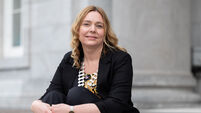
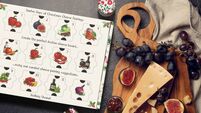


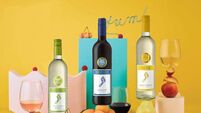


 App?
App?





